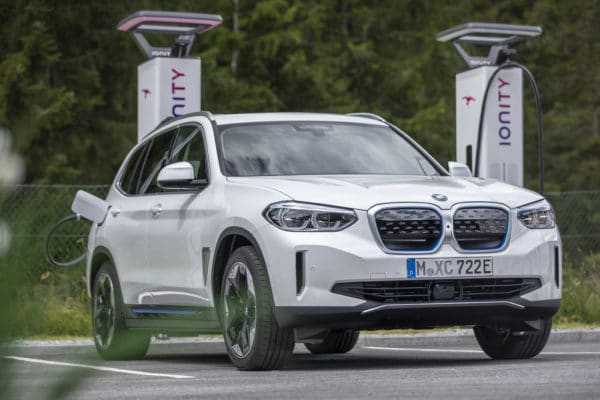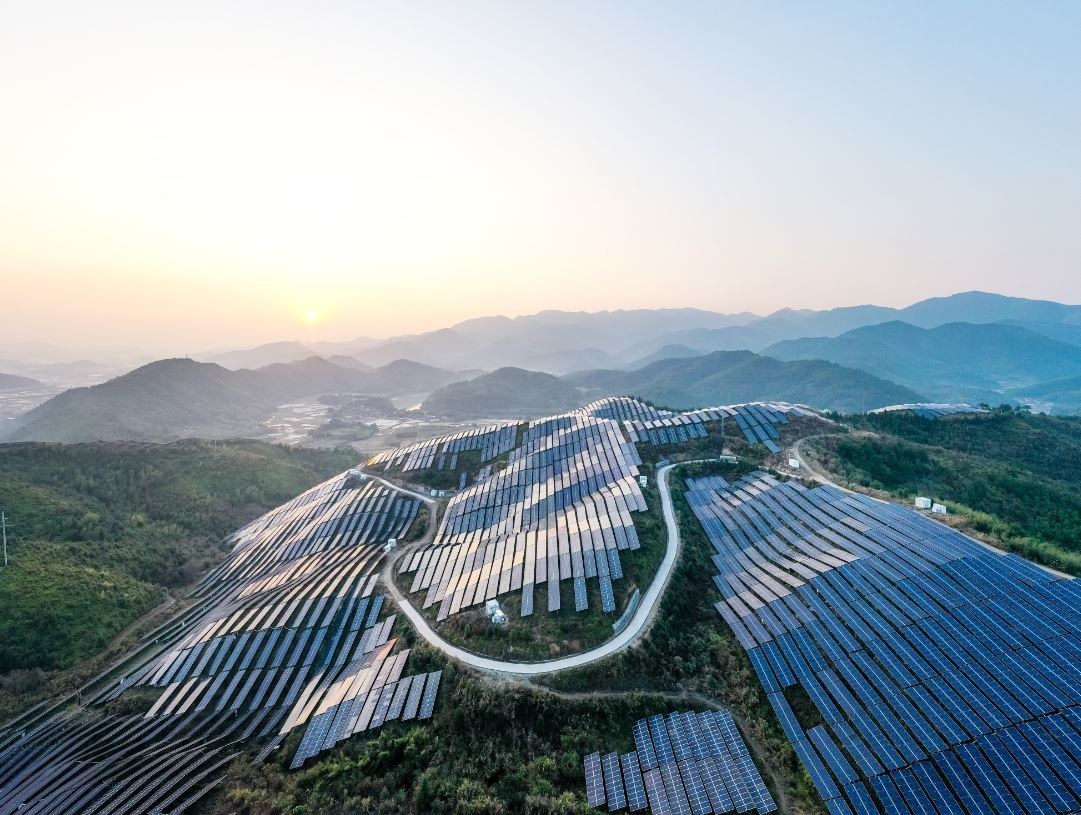The world has a viable pathway to building a global energy sector with net-zero emissions in 2050, but it is narrow and requires an “unprecedented transformation” of how energy is produced, transported, and used globally. Those are the key findings in a report from the International Energy Agency.
Climate pledges by governments to date – even if fully achieved – would fall “well short” of what is needed to bring global energy-related carbon dioxide (CO2) emissions to net zero by 2050, according to the report, Net Zero by 2050: a Roadmap for the Global Energy Sector.
The report sets what it described as a “cost-effective and economically productive” pathway resulting in an energy economy “dominated by renewables like solar and wind.”
“The scale and speed of the efforts demanded by this critical and formidable goal… make this perhaps the greatest challenge humankind has ever faced,” said Fatih Birol, the IEA executive director.
The roadmap sets out more than 400 milestones to guide the transition to net zero by 2050. These include no investment in new fossil fuel supply projects, and no further final investment for new coal plants without some form of carbon capture technology. By 2035, the roadmap calls for no sales of new internal combustion engine passenger cars, and by 2040, completion of a shift by the global electricity sector to net-zero emissions.
The report said that a worldwide push to increase energy efficiency is an essential part of these efforts. It said that such a push would result in the global rate of energy efficiency improvements averaging 4% a year through 2030, or about three times the average over the last two decades.

Image: BMW Group
Most of the global reductions in CO2 emissions between now and 2030 would come from technologies available today. But in 2050, almost half the reductions would come from technologies that are currently only at the demonstration or prototype phase.
The IEA report said this demands that governments “quickly increase and reprioritize” spending on research and development. Progress in advanced batteries, electrolyzers for hydrogen, and direct air capture and storage could be impactful, the report said.
The IEA report said that total annual energy investment would grow to $5 trillion by 2030 in the net zero pathway, adding an extra 0.4 percentage points a year to global GDP growth, based on a joint analysis with the International Monetary Fund. The increase in private and government spending would create clean energy jobs, including energy efficiency, as well as in the engineering, manufacturing, and construction industries. All of this would put global GDP 4% higher in 2030 than it would be based on current trends, the report said.
By 2050, global energy demand would be around 8% smaller than today, but able to serve an economy more than twice as big and a population with 2 billion more people. The report said that by that date, almost 90% of electricity generation would come from renewable sources, with solar PV and wind together accounting for almost 70%. Most of the remainder would come from nuclear power.
CS Energy at work on solar portfolio
CS Energy said it is providing EPC services for one of the largest portfolios of distributed generation solar projects to date in Rhode Island. When completed, this 50 MW portfolio will push CS Energy’s total to over 100 MW of clean power projects in the state over the last five years. The latest portfolio will generate lower-cost solar energy for a local university and contribute to the state’s target of 100% Renewable Electricity by 2030.
In 2020, CS Energy completed large-scale solar projects in New Jersey, Massachusetts, and Virginia and is currently constructing over 500 MW of large-scale solar and energy storage projects in New York, Pennsylvania, New Jersey, Maine, and Ohio.
UL buys analytics platform
UL said it acquired Clear Sky Analytics’ software platform and related assets. Clear Sky Analytics co-founders Ajay Saproo and John Corson will join UL. Terms of the deal, which closed May 17, were not disclosed.
The software platform analyzes solar asset performance and provides prescriptive insights. The deal expands UL’s solar offerings and the depth of its solar and wind renewables expertise, which includes advisory services across project life cycle and supply chain.
Since Clear Sky’s inception in March 2017, the company has provided development and operational services for more than 150 solar projects, including prior work with UL.
Sunnova prices $500m of senior notes
Residential solar and energy storage provider Sunnova Energy International said it priced $500 million of 0.25% convertible senior notes due 2026 in a private placement to institutional buyers. Sunnova also granted the initial purchasers of the notes the option to buy up to an additional $75 million of the notes. Sale of the notes is expected to close on May 20.
Sunnova will not be able to redeem the notes prior to June 2024. Sunnova estimated that the net proceeds will be around $487.1 million (or $560.2 million if the initial purchasers exercise their full option to buy additional notes. The company intends to use a portion of the net proceeds to repay outstanding debt, for other general corporate purposes, and to finance or refinance, recently completed, pending, or future projects.
Puma activates Puerto Rico solar network
Puma Energy and its joint venture partner PASH Global activated a solar power network in 200 Puma service stations on Puerto Rico. The network will generate an estimated 30,000 MWh of renewable energy per year and provide more than 27,700 MT in greenhouse gas savings. Puma Energy also said that a 1,252 kW solar project at its Bayamón Terminal would start up soon.
The joint venture initiative with PASH Global at island service stations includes an investment of $25 million, enabling the petroleum products provider to cover between 50% and 60% of its electric consumption, and save 8% and 10% on its electricity bill.
XL Fleet buys EV charging provider
Fleet electrification provider XL Fleet Corp. acquired World Energy Efficiency Services for $16 million. World Energy provides energy efficiency, renewable technology, electric vehicle charging station, and other energy solutions to customers across the New England region.
The deal included $8.0 million in cash and an obligation to issue shares of XL Fleet common stock valued at $7.0 million. The purchase price is subject to an adjustment for closing date net working capital and an additional earn-out payment of $1.0 million payable based on the achievement of World Energy’s 2021 revenue target.
World Energy generated $18 million of total revenue and was free cash-flow positive for 2020. The transaction was approved by both companies’ Boards of Directors and was closed as of May 17.
This content is protected by copyright and may not be reused. If you want to cooperate with us and would like to reuse some of our content, please contact: editors@pv-magazine.com.









1GW/day PV is exactly why some have created means for Extremely Rapid Fully Automated Assembly and Installation of Solar PV Arrays. The time for this automation step is coming, but must follow the perceived need for jobs — once full employment returns, such automation will become very important … and will be available.